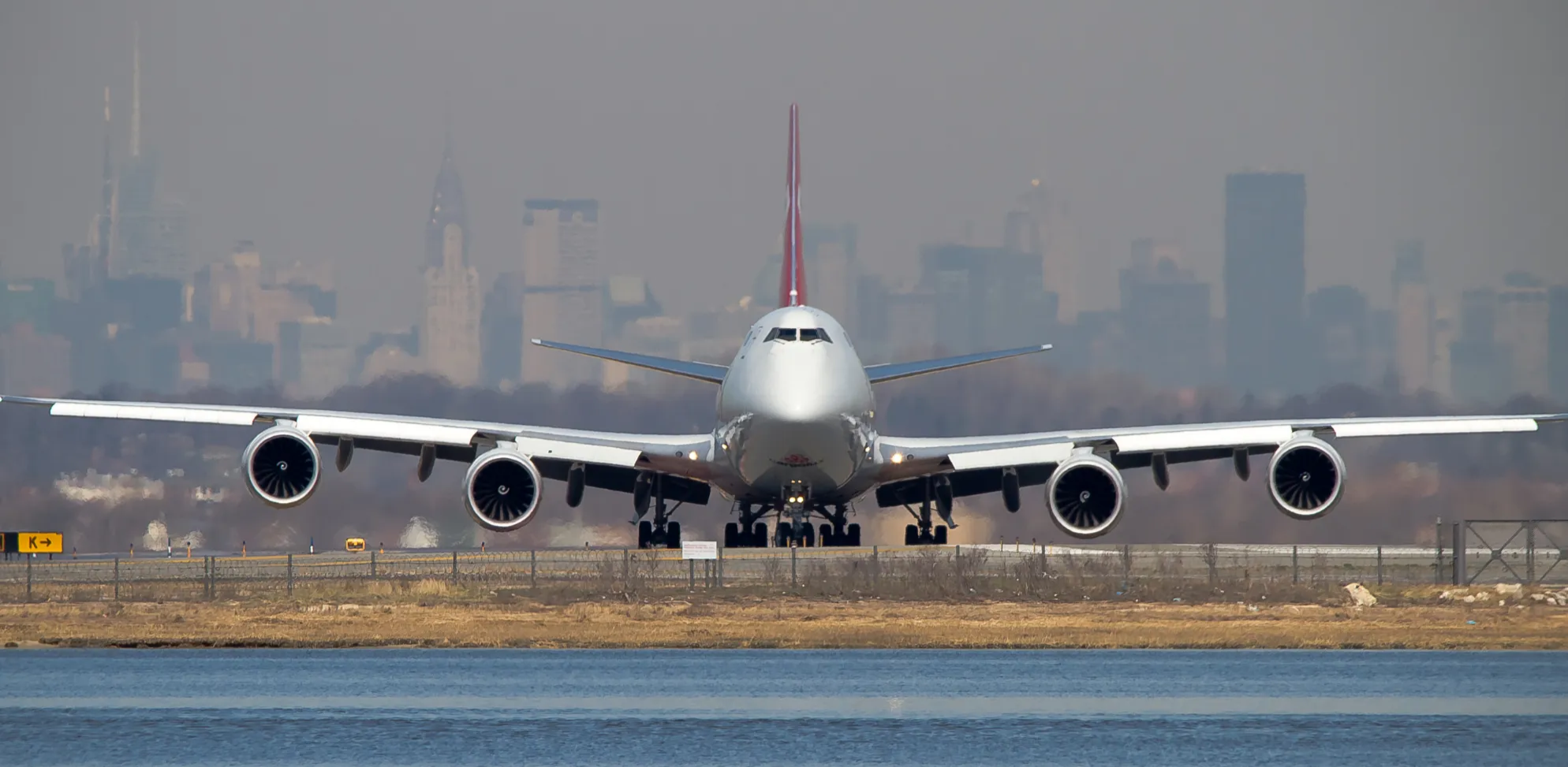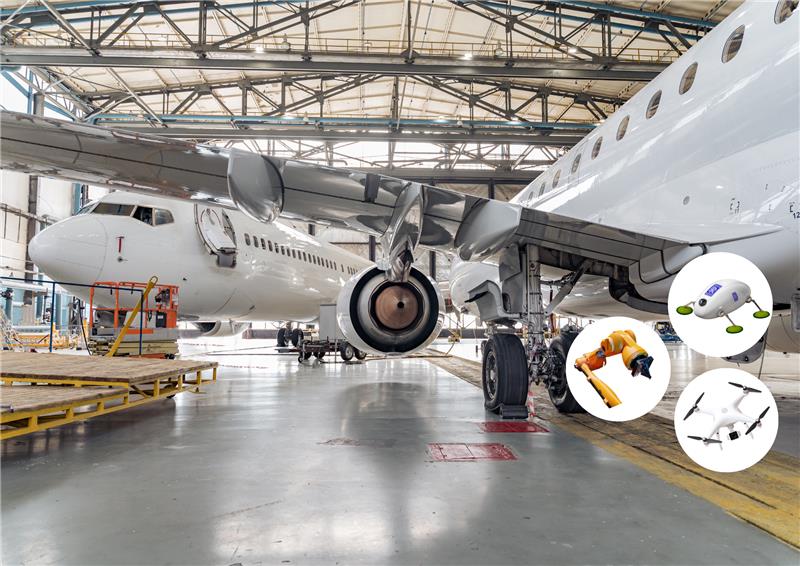Quick Takeaway:
- Why is the MRO Sector Growing Rapidly? The MRO sector’s rapid growth is driven by expanding airline fleets, high-frequency LCCs, strict safety regulations, and new aircraft technologies requiring specialised maintenance.
- What are some big key changes in the MRO industry? MRO are focusing on predictive maintenance, a growing focus on sustainability and green initiatives, and significant investment in advanced workforce development and training.
- Are there aircraft engineer opportunities in Japan, Australia and Hong Kong? There are strong aircraft engineer opportunities in Japan, Australia, and Hong Kong due to major airlines modernising their fleets with new-generation aircraft and leading MRO hubs securing long-term maintenance contracts.
The APAC MRO Spike: A Data-Driven Look
The Asia-Pacific Maintenance, Repair and Overhaul (MRO) market is growing exponentially. Precedence Research reported that the MRO market was valued at an impressive USD 29.40 billion in 2024 and is expected to reach USD 48.81 billion by 2034, maturing at a steady CAGR of 5.25%.
The APAC market presents a significant career opportunity for experienced licensed aircraft engineers. We’ve analysed the factors driving the high demand for your expertise in this intricate landscape.
Why is the MRO Sector Growing Rapidly?
- Rapid fleet expansion: In 2024, the Asia Pacific held the largest revenue share of 34% from the MRO market, surpassing other world regions. Its strategic location attracts business from domestic and international airlines alike. Today, it is still expanding its fleet to meet soaring post-pandemic travel demand.
- Rise of low-cost carriers (LCCs): Though cost-efficient, LCCs in Asia have significantly impacted the MRO market due to their high-frequency and short-haul model, resulting in accelerated wear and tear, which creates demand for frequent maintenance.
- Strict aviation safety regulations: Bodies like EASA, the FAA, HKCAD, and CAAS continuously tighten safety protocols, demanding the highest maintenance standards that only skilled aircraft engineers can provide.
- Technological advancements: Introduction of new aircraft models with eco-friendly updates and predictive maintenance using data analytics is capturing the attention of many more MRO providers. Evolutions like these require advanced understanding and updated technical skills.
The engine overhaul segment is championing this charge, commanding a 41% market share in 2024 alone. These data point to a clear conclusion: the growing demand for aircraft engineers in high-value and complex MRO is now a long-term structural reality.

The Widening Talent Gap: Why Your Skills Are More Valuable Than Ever
While the market expands, the talent pool is facing a critical challenge. A recent forecast from CAE paints a clear picture: in a decade’s time, the global aviation industry will need to recruit 416,000 new aircraft maintenance technicians.
The Asia-Pacific region will require 119,000 new aircraft maintenance professionals to meet soaring demands; 83% of aircraft maintenance engineers are predicted to retire or leave the profession globally within a decade, which also attributes to the surge of demand.
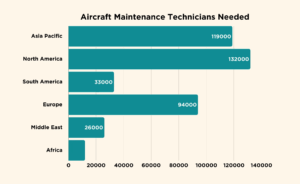
Think about that for a moment.
While demand is high, the supply of experienced hands is expected to dip. This is why we can’t afford a shortage of aircraft engineers. Your years of hands-on experience, deep system knowledge, and hard-earned licensing and certification are becoming scarcer and increasingly valuable. The meticulous skills that define aircraft engineers, from complex diagnostics to systems integration, are no longer just a requirement; they are a critical strategic asset for any airline or MRO provider.
Navigating the dynamic and fast-paced aviation market does not have to be complicated. With an experienced aviation headhunter like [OAI](https://oaigroup.com.sg/) who understands the landscape, we can confidently position you for success and transform a regional challenge into your personal triumph.
Key Shifts You Should Be Aware of in the MRO Industry
- Digital transformation and predictive maintenance:
- MRO providers are leaning towards digital tools and predictive analytics to foresee maintenance requirements, minimise downtime, and optimise resource distribution. Take Lufthansa Technik and its AVIATAR platform, for example. Its platform collects data from aircraft sensors and technical operations to detect anomalies and predict specific component failure before any occurrence. Another example would be ST Engineering’s ‘Smart MRO’ Initiative, which derives insights to optimise MRO scheduling and parts inventory to allow more accurate forecasting of maintenance needs.
- Sustainability and green initiatives:
- There’s a heightened focus on environmentally friendly practices within the MRO sector, such as implementing sustainable materials, energy-saving processes, and waste reduction strategies to comply with environmental standards and meet customer demands. HAECO Group focuses on sustainable infrastructure; its Xiamen hangar roof has incorporated multiple green features and advanced technology, such as solar photovoltaic (PV) systems, intelligent building management systems and more, to achieve the Leadership in Energy and Environmental Design for New Construction rating system (LEED-NC)
- Workforce development and training:
- To tackle the skilled labour shortage, MRO companies such as ST Engineering, HAECO, Lufthansa Technik and more are investing in training initiatives and collaborations with educational institutions to build a competent workforce equipped to manage advanced maintenance technologies.
Three Hubs of Opportunity: Your Next Career Move in Japan, Australia, or Hong Kong
Japan:
Japan’s commitment to precision and next-generation technology is clear. Japan Airlines (JAL) 2025 management plan states its intention of expanding its international fleet by introducing more Airbus A350s’ and Boeings’. This strategic fleet modernisation is not just about new planes; it’s about a fundamental need for engineers skilled in the latest composite materials, advanced avionics, and fuel-efficient engine systems.
Since 2016, JAL Engineering has focused on leveraging big data. In 2021, it introduced data-driven analysis technology using artificial intelligence for predictive maintenance, highlighting the demand for a tech-forward engineering workforce.
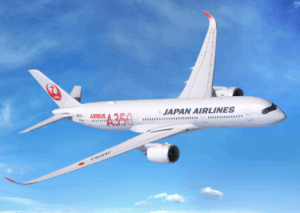
Australia:
Qantas is executing a massive fleet renewal program. The airline’s plans for 2025 and beyond include adding A321XLR, A350 and A220 aircraft to support domestic and its ambitious “Project Sunrise” for long-haul routes. This influx of new-generation aircraft requires a major investment in MRO capabilities and significantly upskilling its engineering teams. Qantas has been vocal about the constrained aviation supply chain and rising engineering costs, reinforcing the high value placed on qualified aircraft technicians who can ensure fleet reliability and efficiency.
This statement serves as an upskilling opportunity and a career abroad for those willing to seize it.

Hong Kong:
Hong Kong continues to make it mark as a global MRO hub, led by giants like HAECO. Recent announcements in 2025 show HAECO securing new line maintenance agreements for modern fleets like the Boeing 777F and will extend major base maintenance contracts for freighter fleets through 2029. This also means a surge in demand for strong, long-term heavy maintenance slots and the required skilled aircraft engineers and technicians. Their ongoing work with world-class carriers confirms a robust and continuous need for licensed aircraft engineers.
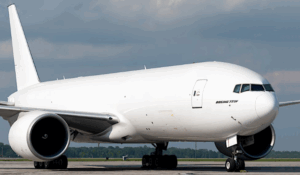
The Future of Your Craft: AI, Sustainability, and Lifelong Learning
Consider the aviation industry’s shift toward sustainability. In 2025, Airbus announced it would use hydrogen fuel cell technology as a propulsion method for its future ZEROe aircraft, meaning hydrogen would be converted into electricity. This promising future alone will revolutionise air transport into a fully electric-powered one.
Over 220 airports are joining the “Hydrogen Hubs at Airports” project; this inevitable future will require a new generation of future-readiness and skills.
The rise of AI in the airline industry is transforming MRO through predictive maintenance, powered by AI analytics, to move beyond reactive repairs to proactive solutions that increase efficiency and safety. For experienced aircraft engineers like yourselves, AI is not a threat but a powerful tool that enhances your diagnostic capabilities and allows you to focus on the most complex challenges.
Chart Your Next Course with OAI
The thriving APAC market and a widening talent gap will continue to create many opportunities for experienced licensed aircraft engineers. Job opportunities in Japan, Australia, and Hong Kong are immense, but navigating them requires a partner who understands your value and speaks your language. Don’t just look for another job; explore your future with a team that can connect you to the roles that will define the next chapter of your career.
If you are ready to leverage your experience in one of the world’s most dynamic aviation markets, we invite you to connect with us.
Contact OAI today to explore premier jobs international and chart your course to a new horizon.
Submit your CV here: avirecruitteam@oaigroup.com
